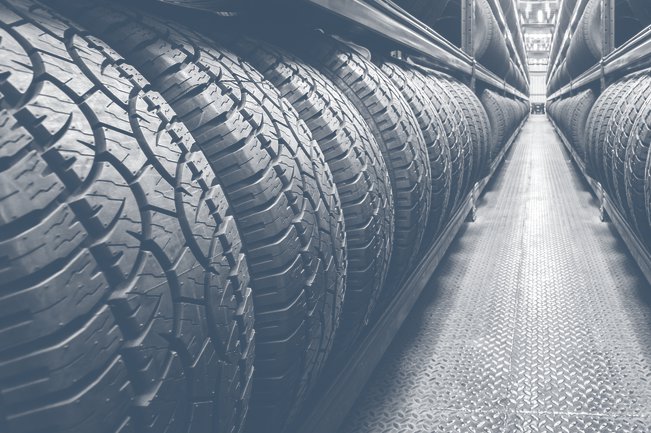What you didn’t know about your spare tire
Tire aging is the result of thermo-oxidative degradation in the internal rubber that bonds the tire belts together. It is something that occurs over time and gets worse with heat. These forces can cause the rubber in between the steel belts to separate, ultimately resulting in the tread separating from the carcass of the tire.
Although most tire companies have acknowledged that tire aging is an issue, not much is being done to warn consumers. Some manufacturers recommend you replace your tires every 6 years or less, especially if your tires receive a lot of stress or heat pressure. You can find out when your tire was manufactured by looking at the DOT number which by law is branded to the sidewall of every tire. The last four digits give you the age of your tire. For example if the last four digits were “1307,” your tire was manufactured in the thirteen week of 2007. Inspect your tires monthly not only for tire pressure but for tread separation and low tread.
Be aware that your spare tire also needs to be replaced. Even if you have not ever used your spare, if it is 6 years or older it us unsafe. The rubber can deteriorate from heat and age on a spare even if it has not been driven on.
In conclusion, here are things to consider when you purchase you next set of tires. Purchase the same size tire originally used on your vehicle. This tire size can be found in the inside of your driver’s door on a sticker. Always insist on tires with a nylon cap ply. Nylon cap plies have been proven to reduce the chance of tread separation. Be certain to personally check the DOT number on each of the tires being installed on your car to make sure the tires are not too old.
